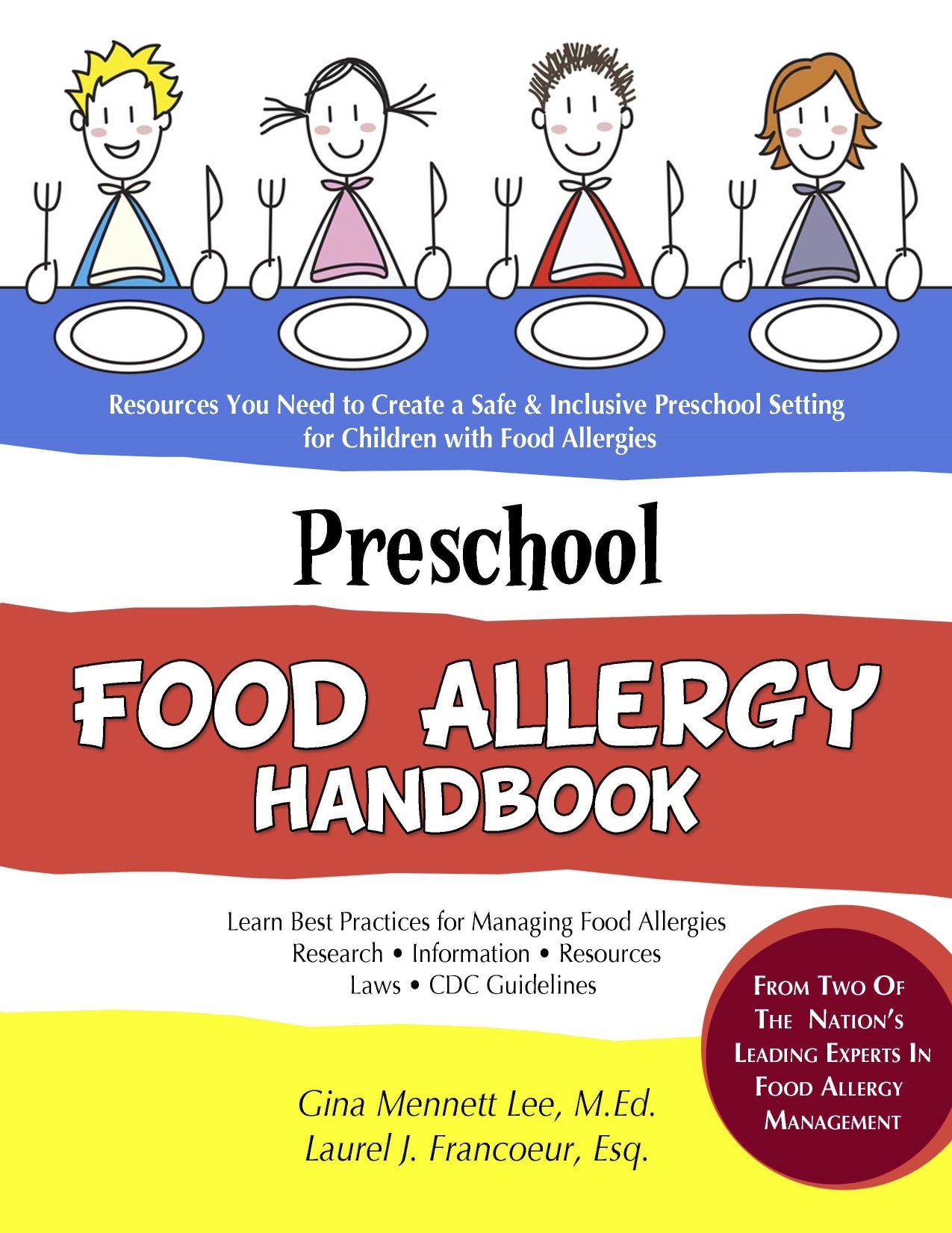As 2014 comes to a close, it is a natural time for reflection. In addition to making resolutions in my personal life, I have been thinking about our food allergy community and all that has happened this year. There were high highs like Sean Parker donating $24 million to the cause, and the new and exciting research regarding food allergy therapies. But there were also some very low lows. The ignorance on display in Clawson immediately comes to mind. The lows that tend to impact me most are the stories of food allergy deaths and the many calls and emails I receive from parents worried about exclusion and safety issues at school. Most of these lows seem to have one common denominator: education.
When I first entered the world of food allergies, about a decade ago, there was little awareness of food allergies. People had “heard” of peanut allergies but not much else. It was important to bring awareness to the facts that: one, people can be allergic to any food; and two, food allergies can be life-threatening. But in the years since, I’ve seen a much greater need to move beyond awareness and to focus more of our efforts on effective and meaningful education. Misinformation can be more dangerous than no information at all, and this is especially true for food allergy.
Misinformation can be more dangerous than no information at all, and this is especially true for food allergy.
So in the spirit of making resolutions for the New Year, I hope we can all resolve to work together to make EDUCATION the mission for 2015.
Here are What I View as the Top 5 Educational Priorities:
- The importance of food allergic individuals having epinephrine immediately available at all times
- How and when to use epinephrine
- Effective epinephrine auto-injector training,
- Emphasis on epinephrine as the first-line treatment for anaphylaxis
- How to identify symptoms of anaphylaxis
- How to effectively implement the CDC Guidelines in every school, preschool, and daycare
- How food allergies impact individuals, families and communities
- How to include those with food allergies in their community
Additional Educational Priorities:
- Food allergy testing and what it really means
- How to effectively advocate for your child
- How to effectively educate those around you
- The concept of cross-contact (what it is and how to avoid it)
- Methods of exposure to allergens
- Labeling laws and their limitations
In the coming months, I will do my best to advance the goal of education. If all of us, in the food allergy community (doctors, nurses, non-profits, support group leaders, food allergy educators/consultants/coaches, parents, etc…) could focus on education with consistent messaging from vetted sources, I know we could make a true and lasting impact.
Will you join me? What do you see as a priority for 2015? Is there anything you add to this list?


